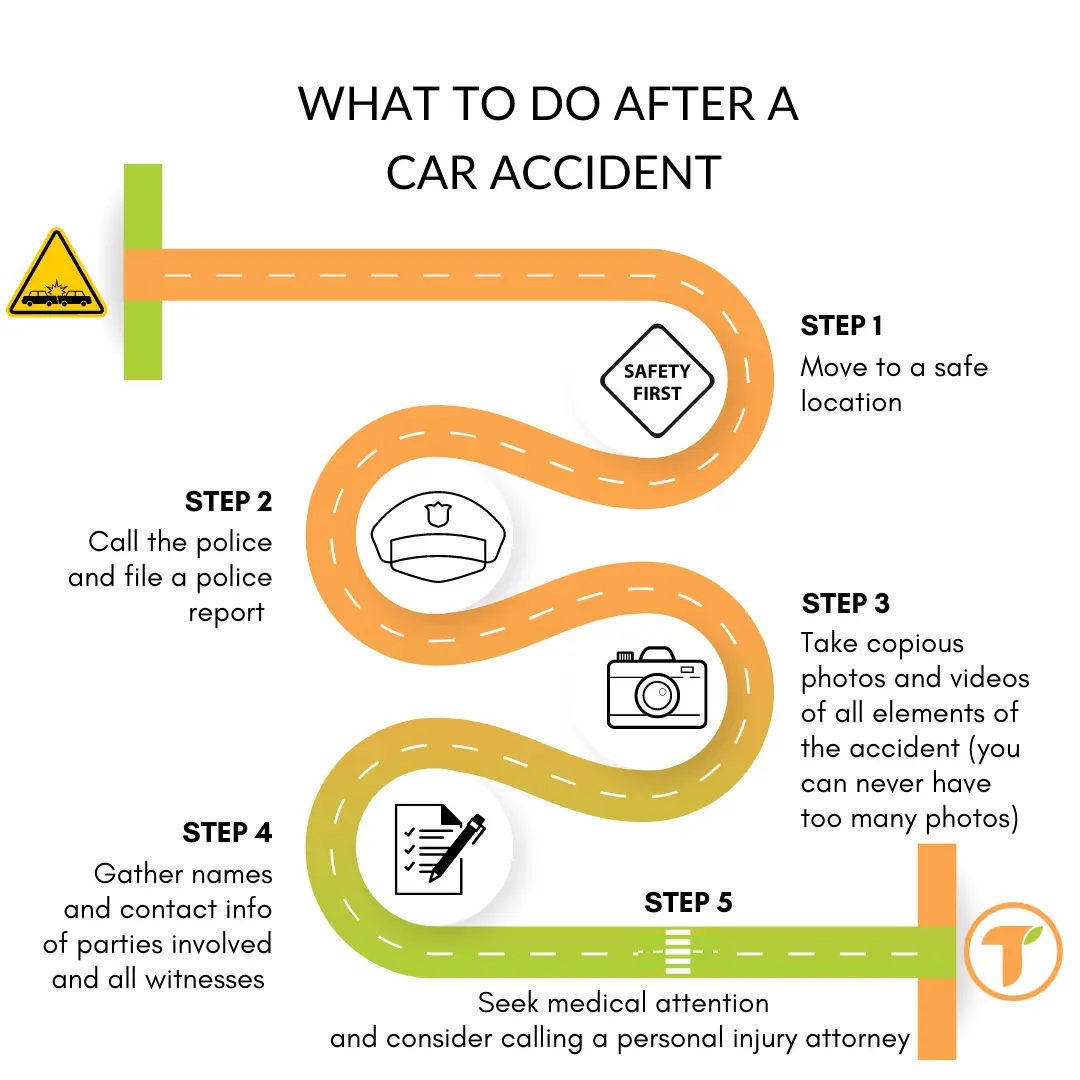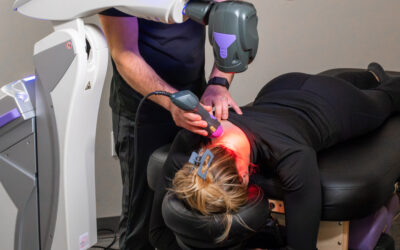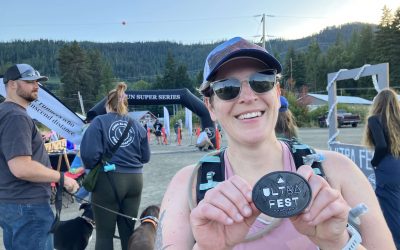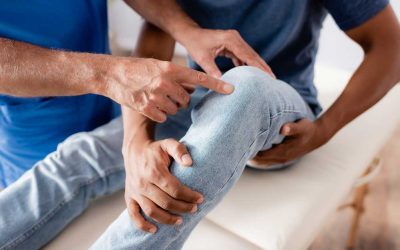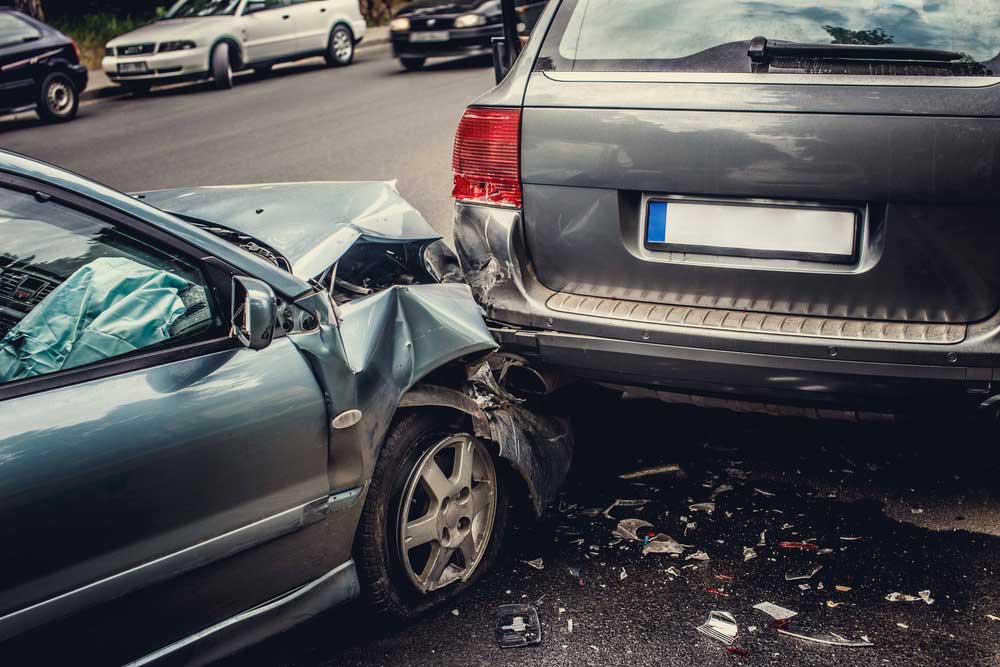 Those who’ve suffered from an automobile accident understand that it can be one of the most physically and emotionally traumatic experiences of our life.
Those who’ve suffered from an automobile accident understand that it can be one of the most physically and emotionally traumatic experiences of our life.
Even if the accident is less severe, your world is turned upside down, and you are left asking questions and considering options you never considered just moments before.
At Tangelo, we have been helping people recover from their car accident injuries since 2010.
Below you will find answers to some of the most common questions our Doctors of Chiropractic receive about auto injuries and whiplash.
What are the most common auto injuries that chiropractors treat?
The most common auto accident injuries we treat at Tangelo include:
• Whiplash
• Back Pain
• Shoulder and mid-back pain
• Wrist pain
How do I know if I have whiplash?
Whiplash is described as a sprain/strain of the neck. This most commonly happens when a person is hit from behind, and their head is thrown backward (hyperextension), and then as a recoil, rapids move forward (hyperflexion).
It doesn’t take a high-speed auto collision to cause this injury. In fact, people can suffer whiplash or WAD (whiplash-associated disorder) from an impact as slow as 10 mph. Furthermore, whiplash doesn’t typically present right away. It can take days for pain and symptoms to appear.
Symptoms most commonly associated with whiplash include:
• Neck pain and loss of cervical range of motion
• Soreness along the front of your back
• Headaches
• Tingling down the arm
• Muscle tenderness along the upper back, shoulders, and neck
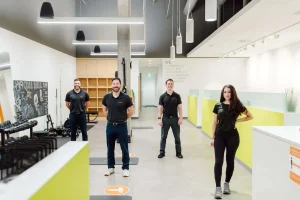 What can I expect during my first visit to Tangelo?
What can I expect during my first visit to Tangelo?
During your first visit to Tangelo, your doctors will take you through the comprehensive evaluation you deserve.
You and your doctor will discuss the nature of your auto accident and health history, perform an orthopedic exam and movement screen, as well reviewing your goals.
After your evaluation, which usually takes between 30-40 minutes, you will receive a diagnosis as well as a recommended treatment plan based on the evaluation findings.
You will then receive manual treatment and some light corrective exercises to serve as a foundation for your recovery. The entire appointment is around 60 minutes.
How can a chiropractor help after an auto accident?
In addition to injuring the soft tissue, auto accidents commonly affect the structures, including disc(s), intervertebral joints, and nerve roots. Chiropractic, coupled with soft tissue therapy and progressive work together to restore spinal imbalances, reduce pain, restore joint mobility and improve functional strength. All while being in a positive, energetic, and uplifting environment.
At the end of a treatment plan, many of our patients at Tangelo report feeling better and stronger than they did prior to the accident.
Do chiropractic adjustments hurt?
No, chiropractic adjustments performed to restore joint motion and reduce pain are gentle. They are safe and non-invasive. Most importantly, your doctors will explain to your where and why they recommend the manipulation before administering it. Education is a big part of the patient experience at Tangelo.
What if I don’t feel any pain? Do I still need to see a chiropractor?
You don’t have to experience pain to suffer from an injury. Everyone experiences pain differently, and what is an 8/10 on a pain scale to someone might be a 3/10 to someone else.
Of course, you should see a chiropractor if you are suffering from debilitating pain. However, it is prudent to also seek medical attention even if you are experiencing soreness, stiffness, or even disruption in your quality of life, such as poor sleep, dizziness, tingling down the arms or legs, and even mild headaches.
Early intervention is important. Left unaddressed, a seemingly mild issue can turn into a major affliction over time and, thus, take much longer to recover from than if it was addressed early.
Therefore, tightness or soreness that might be described as mild can change how we move or perform daily functions. This small but significant change over time can not only exacerbate the affected area, causing an increase in pain or discomfort but can also cause new issues down the road.
For example, let’s say that your neck is tight from the accident, and you’ve lost “only a little” range of motion. This reduction in joint movement in a particular area is going to result in a compensatory effect and force other segments of the spine to do more work than they otherwise would. This could lead to overuse and pain that now seems to be getting worse rather than better.
Again, early intervention, regardless of your personal pain scale, is crucial to your recovery time and long-term success.
How to connect with us
If you’ve been in a car accident – the best thing to do for yourself is to contact us right away. Our Teams and clinics are designed to help get you out of pain fast and back to a life free of limitations. Your only regret is that you didn’t call us soon.
Bonus!
It can be extremely difficult to remember all the things we need to do at the moment (gather contact info, photos, police report, etc.).
That’s why we wanted to create this simple 5-Step Checklist. Take a photo of this graphic and send it to a loved one. We hope they’ll never need to reference it, but if you do, feel confident and assured that they have a guide.
